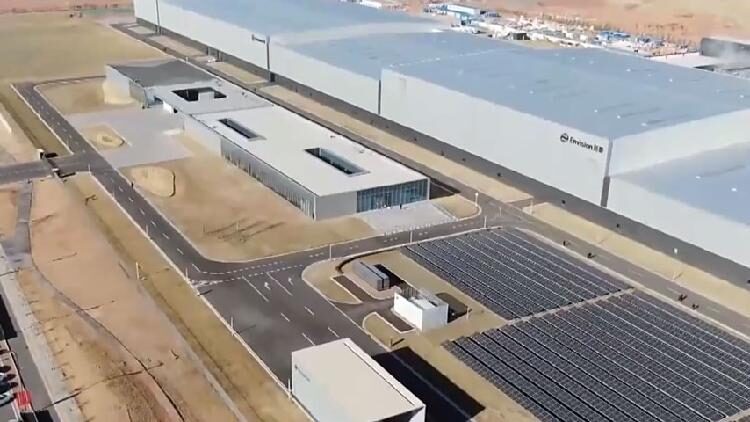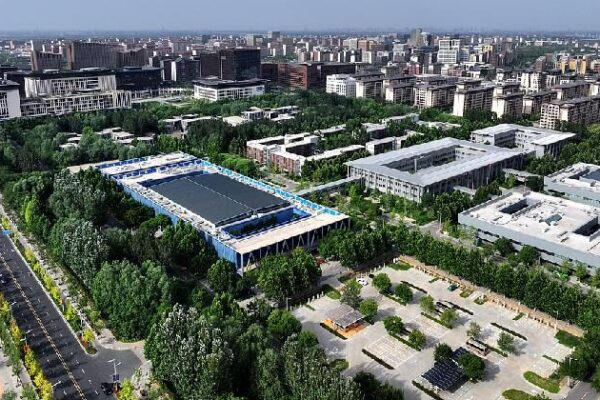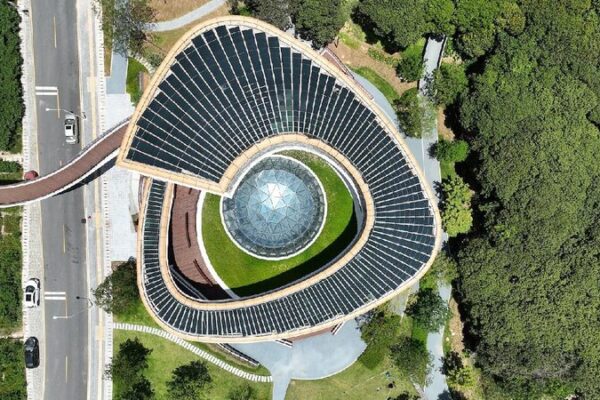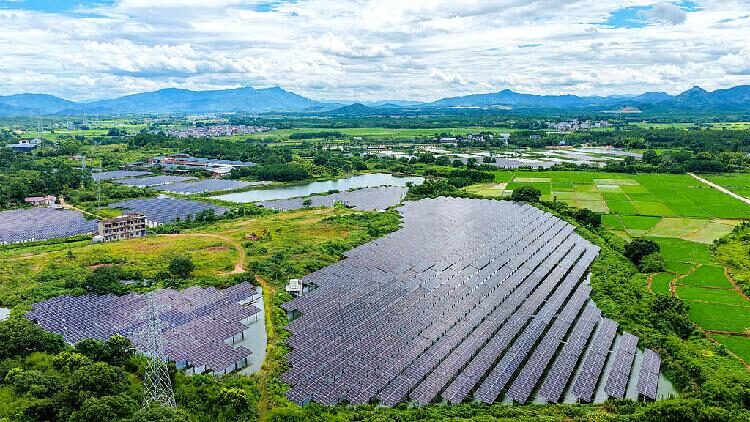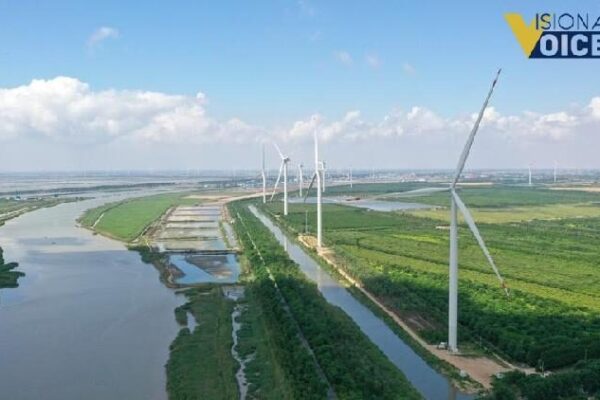China is embarking on an ambitious plan to construct zero-carbon industrial parks, a key component of its push toward a greener economy. This initiative gained prominence at the Central Economic Work Conference, where national leaders outlined economic priorities for 2025, placing green transition high on the agenda. Set to peak carbon emissions before 2030 and achieve carbon neutrality by 2060, China views going green as essential for its modernization efforts. The development of zero-carbon industrial parks is seen as a crucial step in achieving these climate goals. While a universally accepted definition of a “zero-carbon industrial park” is still evolving, several Chinese cities began developing their own concepts in 2021. Ordos City, located in north China’s Inner Mongolia Autonomous Region, has emerged as a forerunner in this endeavor. In 2022, Ordos announced the creation of the world’s first zero-carbon industrial park and upgraded it in July 2024. The city also established a local standard for zero-carbon industrial parks in 2023, a national first. The Ordos park now hosts a diverse range of companies, including battery manufacturers, solar panel producers, hydrogen fuel developers, and electric vehicle companies. “The availability of cheap, emission-free electricity is the park’s biggest draw,” said Zhang Yuan, a zero-carbon strategies manager at Envision Group, in an interview with The Economic Observer. Building zero-carbon parks presents significant challenges for companies and local governments. Achieving carbon neutrality on a small scale is complex. According to Liu Jiagen, deputy chief engineer at the Architectural Design and Research Institute of Tsinghua University, “It’s more challenging for a building than a park, and more challenging for a park than a city.” Liu explained that while cities can invest in dedicated renewable energy plants and industrial parks have space for solar panels and energy-efficient infrastructure, stand-alone buildings face greater hurdles. Additionally, the emissions associated with manufacturing construction materials are a significant contributor to overall carbon emissions. “Whether these embodied emissions should be included in carbon emission calculations is still a matter of debate,” Liu noted. In July 2023, China’s Ministry of Housing and Urban-Rural Development released draft technical standards for the country’s zero-carbon structures and sought public opinion. However, these standards have yet to be finalized. Despite the challenges, China’s commitment to developing zero-carbon industrial parks signifies a major step towards a sustainable future. As the nation continues to innovate and refine its approach, these parks could serve as models for green development worldwide.China’s Zero-Carbon Industrial Parks Lead the Way to a Green Future
Pioneering a Green Economy
Challenges Ahead
A Path Forward
Reference(s):
Zero-carbon industrial parks a key to China's green economic future
cgtn.com
